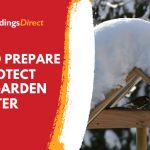Jump to:
Growing your own produce helps you save money while embracing a healthier lifestyle. Whether you’re a seasoned gardener or novice, one of the key factors for success is timing. Knowing when to plant and to harvest ensures your produce is packed with:
- nutrients
- proteins
- vitamins
If you’re uncertain about the best times to sow and reap your crops, our gardening calendar is your go-to resource. It will keep you on track, helping you maximise the productivity of your garden year-round. Keep reading!
January
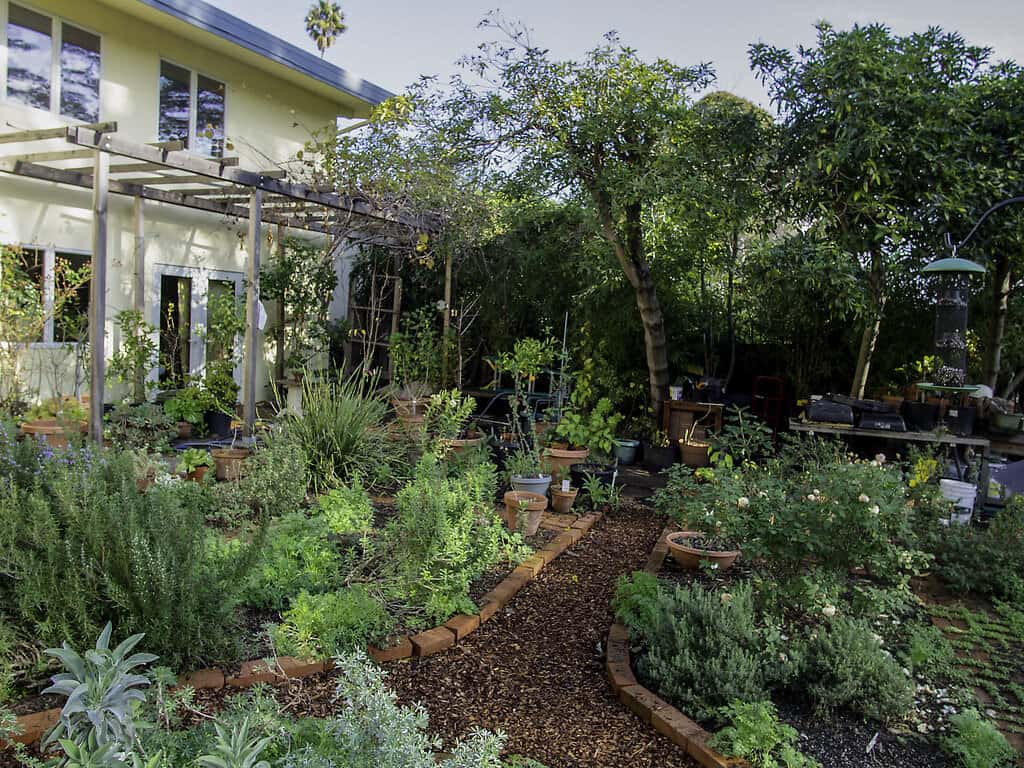
January is the perfect time to kickstart your gardening year. Begin by preparing your fruit and vegetable seedlings. Take advantage of January sales at garden centres to save on essentials, e.g., fertilisers.
If the weather is wet, consider moving your gardening activities indoors. But if you have a garden greenhouse, now is the time to clean and label your pots for sowing. Make sure your propagator and heater are in good working order, as the weather can be cold this month.
For your planting choices, consider the following as soon as the soil is clear:
- Brussels sprouts: Start indoors and transplant when they are about 6 inches tall. They thrive in well-drained soil and benefit from regular feeding.
- Cabbages: These can be sown directly outdoors. Maintain consistent moisture and protect from pests like cabbage worms.
- Leeks: Sow seeds indoors for later transplant. Keep the soil consistently moist and provide ample sunlight.
- Potatoes: Plant in well-drained soil and hill up soil around the plants.
February

(Image Credit: Millstadt News)
February is a promising month for gardening and growing. It marks the transition from winter to early spring. While the weather can still be cool, there are plenty of tasks you can tackle and crops you can sow. Here are some excellent options and tips for a successful February garden:
- Lettuce and Spinach: These leafy greens thrive in the cool weather of February. Sow seeds directly into well-prepared soil or containers. Keep the soil consistently moist and provide partial shade in warmer regions.
- Carrots: Start sowing carrot seeds early this month. Ensure well-drained soil and thin the seedlings to allow room for root development.
- Peas: Plant them in rows or containers, providing support as they grow. Ensure consistent moisture and protect from frost.
Take this time to prepare your garden beds as well. Work in compost or organic matter to improve soil structure and fertility. Be prepared to protect your plants from late winter frosts with row covers or cloths. Also, ensure your plants receive adequate water, especially during dry spells.
March and April

As the March rolls in, the promise of spring becomes more tangible. The timing, however, depends on your local climate. For one, some areas may still contend with frozen soil.
By mid-March, you can start preparing your garden for the upcoming growing season. Clear debris, amend the soil, and plan your planting layout. Consider planting these cold-hardy crops if your soil starts to warm up:
- Peas: Plant early, provide trellis support and keep the soil consistently moist.
- Spinach: Sow seeds in well-drained soil with partial shade in warmer regions. Keep soil evenly moist.
- Radishes: Plant seeds directly, not too deep. Thin as they grow for proper spacing. Keep soil consistently moist and avoid overcrowding for healthy, crisp radishes.
Vegetable growing truly gains momentum in April. It’s the ideal time to chit and plant out second early potatoes in the first half of the month. Additionally, sow a variety of seeds directly outdoors in well-prepared soil. Opt for cool-weather crops like lettuce, carrots, and beets.
May
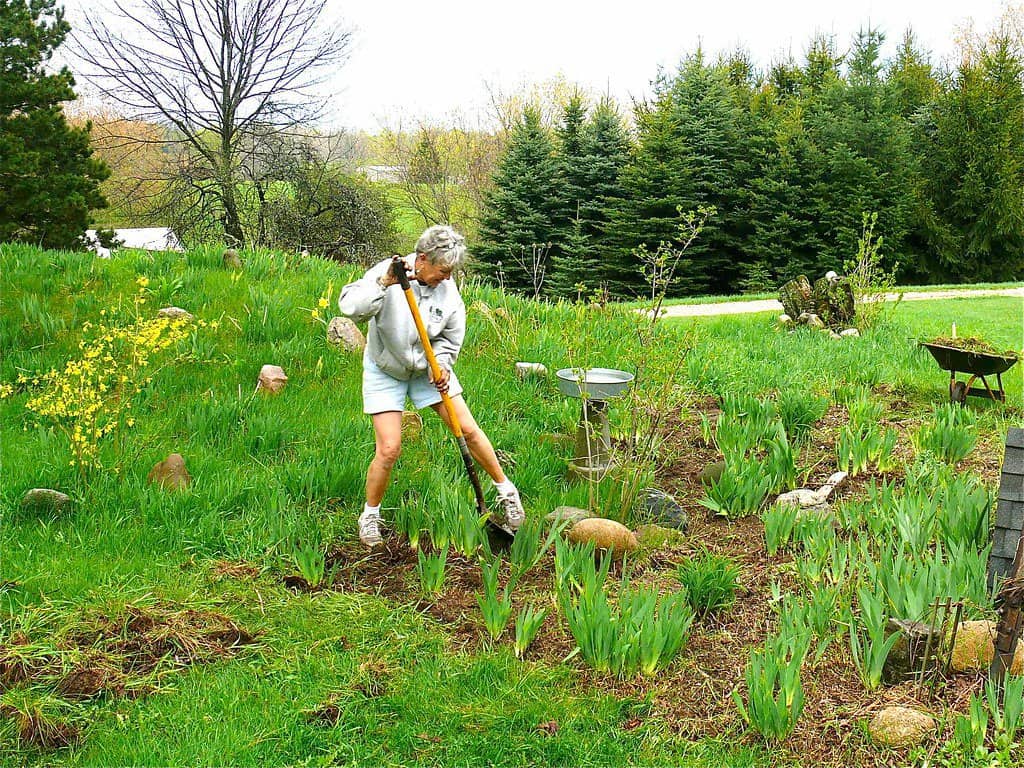
As May arrives, longer days and sunnier skies herald the impending summer. This transition brings ample opportunities for both indoor and outdoor gardening. Here’s a list of ideal planting choices and essential tips for a successful May garden:
Outdoor planting
- Tomatoes: Plant these warm-season favourites outdoors when the threat of frost has passed. Ensure they receive plenty of sunlight and space for support.
- Zucchini and Cucumbers: Sow these summer squash in well-drained soil with ample sunlight. Provide support for vining varieties.
- Herbs: Basil, oregano, and other herbs thrive in the warmth of May. Plant them in containers or directly in your garden.
- Annual flowers: Brighten your garden with marigolds, zinnias, and petunias. Follow seed packet instructions for optimal spacing. Check out our flower seed planting calendar UK for more information.
Indoor planting
- Peppers and Eggplants: Start seeds indoors, be it your home, in a wooden greenhouse, or in a potting shed. Then, transplant when the weather is consistently warm.
Be mindful of late frosts and have protective covers ready. Unexpected cold snaps can still occur in some regions. Keep your garden beds weed-free to reduce competition for nutrients and water.
June
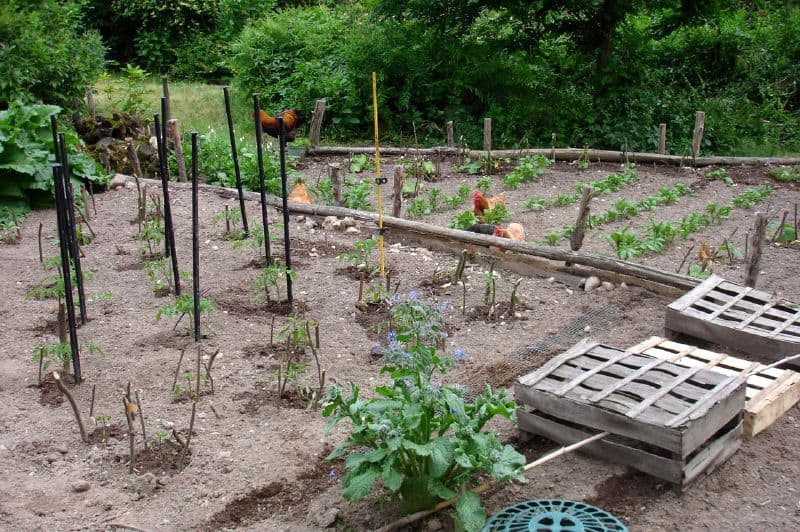
June is a vibrant time for gardening as the threat of frost becomes a distant memory. With longer days and warmer temperatures, your garden is poised for abundant growth. Here’s a list of ideal planting choices and essential tips to help you make the most of this month:
What to plant outdoors
- Herbs: Sow parsley and coriander directly in your garden for fresh, aromatic seasonings.
- Root crops: Plant carrots, beetroot, and turnips in well-prepared soil with good drainage.
- Beans: French and runner beans thrive in the warmth of June. Provide support for climbing varieties.
- Swiss chard and Leaf beet: These leafy greens are perfect for continuous harvesting.
- Sweetcorn: Enjoy the taste of fresh, homegrown sweetcorn by planting it this month.
- Salads: Continue sowing salad greens after the middle of the month. Consider oriental varieties like mibuna, mizuna, and mustard greens.
What to start indoors
- Warm-season crops: Kickstart these warm-season crops at the beginning of the month. Consider squashes, courgettes, cucumbers, and melons. Provide them with a warm and sheltered spot to get a head start on the growing season.
Apply mulch to conserve soil moisture, regulate temperature, and suppress weeds. Install supports for tall or vining plants to prevent bending or breaking.
July/August
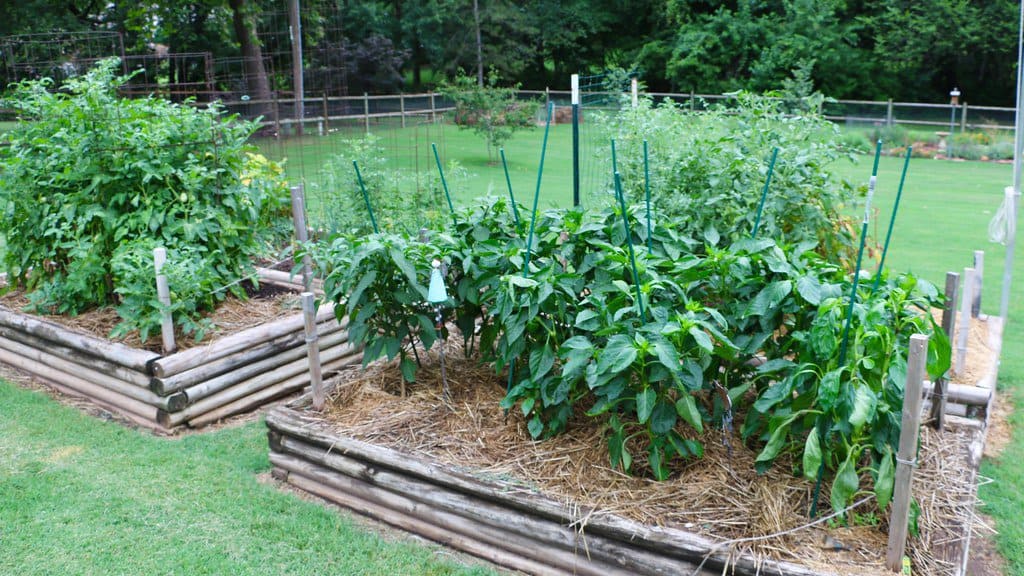
July and August are critical months for gardeners. Both months offer an opportunity to ensure a vibrant garden. Not only in the present but also in the colder months to come. To continue your gardening endeavour, here’s what you can plant outdoors for July:
- Basil: Sow basil for a fresh supply of this aromatic herb. Plant in well-drained soil with full sun.
- Dwarf French beans: In warmer areas, sow these beans until early July. Provide support for them to climb.
- Winter radishes and Swedes: These root vegetables are excellent choices for cooler seasons.
- Turnip greens: Plant turnips and enjoy both the roots and the tender greens.
- Fennel: Sow fennel for its aromatic bulbs and feathery foliage.
- Bunching and Spring onions: Keep these versatile alliums coming for your culinary needs.
For August, plant spring cabbage indoors. Start sowing spring cabbage in late July to ensure a winter and early spring harvest. If you own a polytunnel or a greenhouse, extend your coriander supply and keep salads coming by.
September/October
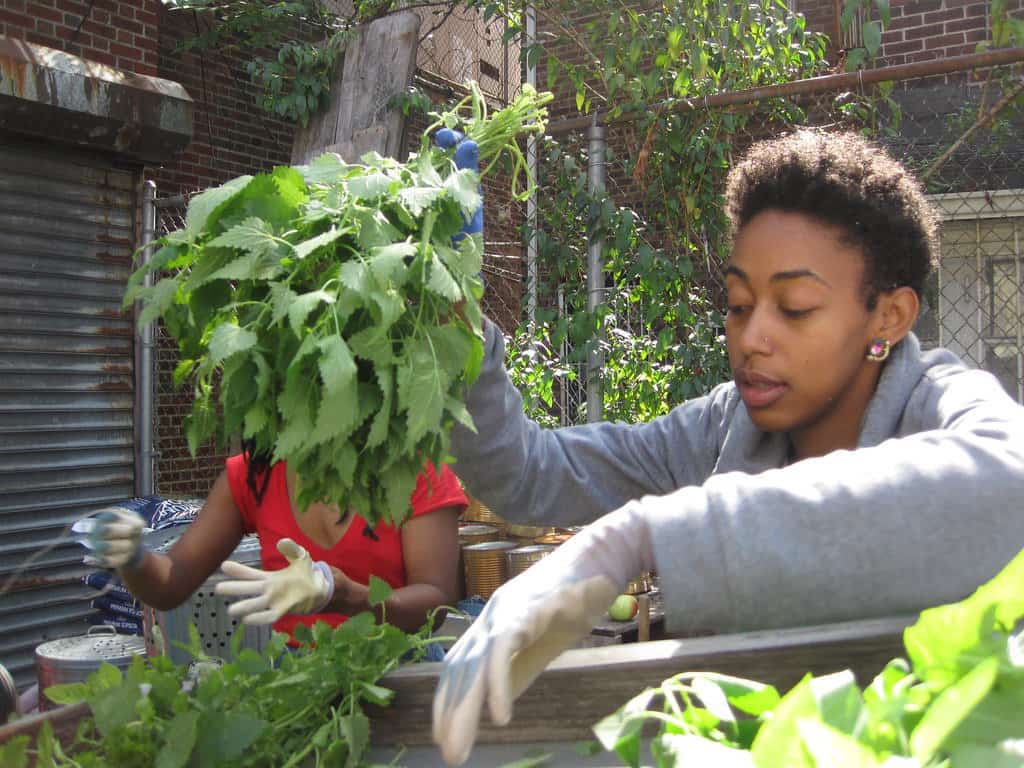
September and October are pivotal months for gardeners. It’s that time of the year to ensure a steady supply of fresh produce throughout the colder seasons.
September might be the peak of harvest time, but there’s still lots to sow all the way to October. You’ll also want to get some last sowings of winter salads and greens in the ground.
What to plant outdoors
- Spring cabbage: Sow early to ensure a winter and spring harvest. Ideally, in early September and in warmer areas.
- Winter salads and greens: Plant varieties like winter lettuce and oriental vegetables. Doing so means you can enjoy fresh greens during the colder months.
- Bunching onions: These alliums can be planted for a continuous supply – in early September.
- Broad and round-seeded peas: Extend your pea harvest by sowing these varieties. Ideally, start planting them from mid-September. Provide support for climbing types.
- Green manures: Consider planting cover crops like clover or vetch. They can help improve soil fertility and prevent erosion.
Sow seeds in intervals to ensure a consistent supply of crops throughout the season. Be prepared to cover plants if late frosts are expected, particularly in October. Maintain adequate moisture, especially in drier spells. Consider using soaker hoses or drip irrigation for efficient watering.
November/December

The gardening season winds down in November and December. But there’s still plenty to do to ensure a productive garden in the months ahead. Here’s a list of ideal planting choices and essential tips for these late-year months:
November
- Garlic: Plant garlic cloves to allow them to establish their roots before the winter.
- Broad beans: Sow broad beans for an early spring harvest. Protect young plants from frost.
- Onions and shallots: Plant sets or seedlings for a head start next year.
December
- Clean-up: Prepare your garden for the new year. Tidy up, remove spent plants, and clear debris to minimise overwintering pests.
- Compost: Turn and maintain your compost heap. This will ensure nutrient-rich compost for the upcoming growing season.
- Planning: Use this quieter time to plan your garden layout, crop rotation, and seed orders for the new year.
Prune fruit trees and bushes while they are dormant to encourage healthy growth. Test your soil and make amendments as needed for optimal fertility. Clean and store your garden tools properly to extend their lifespan.
Round-up
A well-planned growing calendar is your key to a year-round, thriving garden. This monthly sowing guide equips you with the knowledge and tips to make the most of every month. By aligning your gardening activities with the changing seasons, you can enjoy a bountiful harvest and vibrant blooms!
Explore Garden Buildings Direct for all your gardening requirements. Discover our range of greenhouses for sale UK. Additionally, our potting sheds offer a convenient solution.
Next on your reading list: How To Make The Most Of Your Garden In Autumn




